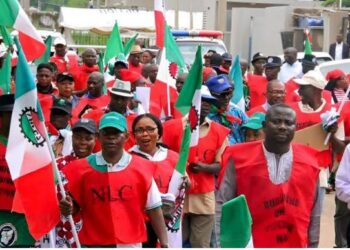The World Health Organisation (WHO) Regional Director for Africa, Dr Matshidiso Moeti, said patients pay, on average, US$ 42 out of pocket to access safe blood.
She made this known on Wednesday in her message to commemorate World Blood Donor Day, with this year’s campaign slogan as “Give blood, give plasma, share life, share often.”
Dr. Moeti stated that blood collection remains low at an average donation rate of 5.9 units per 1000 people compared to 33.1 donations per 1000 people in high-income countries. Of concern is the financial barrier to accessing safe blood.
“It is also to raise awareness of safe blood and blood products, such as plasma, and highlight the critical contribution of voluntary, unpaid blood donors to save lives,” she said.
According to her, “It underlines the role every person can play by regularly giving the valuable gift of blood to create a safe and sustainable supply of blood and blood products that can always be available to needy patients.
“Over the years, Member States in the WHO African Region have made significant progress in establishing nationally coordinated blood transfusion services, policy frameworks, and national standards for collecting, testing, processing, storing and distributing blood and blood products.”
Dr. Moeti noted that only eight countries have blood services that are designed to always ensure the highest levels of quality and safety for patients and donors. Reliance on non-remunerated blood donors is still high, with 16 countries accounting for over 80% of voluntary non-remunerated blood donation.
She explained that results from a survey conducted in 2022 revealed that 16 countries out of 39 that took part in the survey, had more than 80% of voluntary non-remunerated blood donation (VNRBD), and 19 countries had less than 50% of voluntary non-remunerated blood donation.
Thirty (30) countries reported that plasma-derived medicinal products were listed on their essential medicines list. These statistics show that there is a need for more work to be done in the African Region to improve access to safe blood and blood products.




